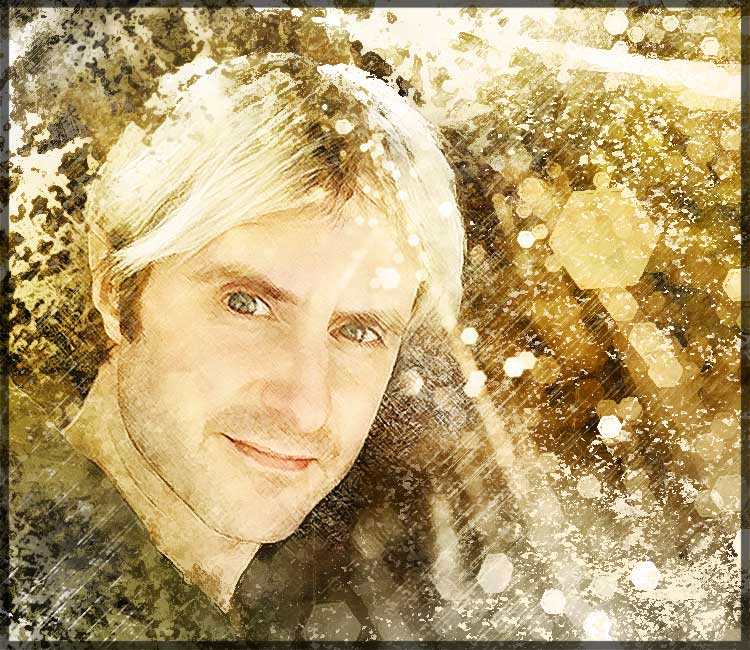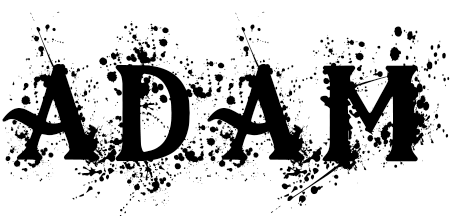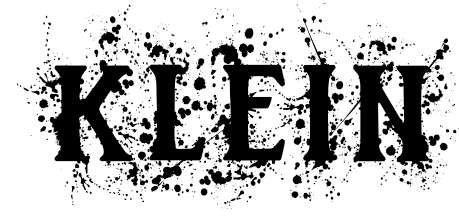Realism Art
I first become very deeply absorbed in the idea of realism when I was learning 3D animation, modeling, surfacing, and textures. It’s an incredible study, and even now just thinking about it — it was a really cool way to exist, trying to see the infinitesimal layers that compose everything we see.
While I drew and painted all my life, here and there, when I decided to take up painting realistically, it was an amusing process because I really leaned into it. I was used to seeing such incremental, layered detail with 3D, and there I was trying to push goo along a canvas in a super-precise way to mimic all I knew to be true.
Painting realism seemed like an opportunity, a tangible skill to master, which no one needed to measure or doubt – if you make a realistic image, then you have figured something out. I found the perfect tool for realism was to use a “fine art” approach on landscapes. Landscapes reveal the world for what it truly is, a series of interconnected objects, a time and lighting, an atmosphere and quality of air that creates a realm to gaze upon.
While many people began learning to paint the figure, which I sometimes did too, I felt the potency of realism was not from mastering a single object — it comes from teaching yourself how to paint light quality and air, and to systematically tackle every single object type that the world can throw at you - this can only happen by painting environments.
I see a trend in art, that many artist can either paint fantastic subjects, or fantastic worlds — there is often a distinct split. When I teach others how to paint, I start with the landscape, with the world as a whole — because if you can paint the world, then all the objects within the world become easy to master, even the human portrait.
What takes paintings to the next level is transcending the object-oriented mindset. I see realism as no different than painting something 100% abstract, literally, but with precise intention. It is the development of shutting down the expectations of the eye that drives the biggest advances in realism. We see objects easily, and the eye deceives. Learning to paint means shattering the deceptions one by one, and replacing those deceptions with actualities.
When someone begins to paint realism, it becomes a system of measurements. As they advance, it becomes a series of motions, a way of breaking down a scene into planes, surfaces and colors. When you can paint anything, that comes from a total state of simultaneous understanding. You see the world we know, and you also see that world disappear as you project exactly what it takes to reproduce the reality you learn, or want to see.
This takes a distinct form of vision. I use a tool I call “flattening the eyes”. Our eyes like to see precise points into the world, and the mind assimilates all the peripheral imagery automatically. This is why 99% of people have to ‘learn to draw’.
To flatten the eyes means we invert the situation, the central point of focus is flattened, until it does not exert predominance. The mind and eyes become a new type of perception device. The field of vision becomes a total peripheral plate, and it compresses 3-dimensional reality into a 2D mind space. In this state of vision, reality unfolds and hands over all it’s visual secrets to the artist. The artist can then withdraw whatever they please. With greater focus and understanding, they can see the shapes that make up shapes, the expressions of light can be extracted in their precise nature of tone, color, and diversity.
Realism is a fine place to know and hold our expected reality, in a new way. At the finest degree, realism actually becomes a total understanding of the abstract nature of what we see. There are so many layers of quality and dimension, and measurability to our reality. You have to see them, sense them, chase them until you own each particular aspect. Eventually the eyes just see. You can zoom in with the artist’s eye and see all dimension reveal itself. It’s a whole way of seeing, extracting, and projecting. The intuition then takes over, and one can either paint reality forever and ever, or begin to play with the rules — and creating a new rule set will lead to Impressionism.
The deeper one gets into realism, the more they see something special — what we are actually painting is the way light pushes through a shape field. We are not really painting shapes, and the more we see the light, and not the shapes, the more advanced the realism becomes. At this point it becomes a nuanced walk between seeing color types and light. The eye of realism becomes a wash of reality into the dimensions of art.
The best exercise to advance this last layer of understanding is to paint some very atmospheric places. Vistas with fading mountains were one of my favorites. Sunsets that really alter the way trees can be seen, or seem to fade into beams of light. A darkened room, with a single light source. When you paint these extreme lighting scenarios what comes with you is the ability to see the subtle differences of lighting, and occlusion to pristine clarity caused by the bounced light, or atmosphere in the space.
We don’t live in a dark vacuum, and even if we did, there would be a new level of ultra-clarity that could be emphasized. Every place we see has a way of letting light alter the expectations of color, highlight, and shadow. Every surface has throw-back of light in different ways that can be emphasized or reduced.
Realism becomes a game of balance in ways subtle, or dramatic, as we peel away the layers of reality itself.
Articles by an Author and Artist
Sign Up for Free Book Giveaways, Large Batch Art Uploads, and New Book Notification!
Enter your name and email address below to subscribe.








